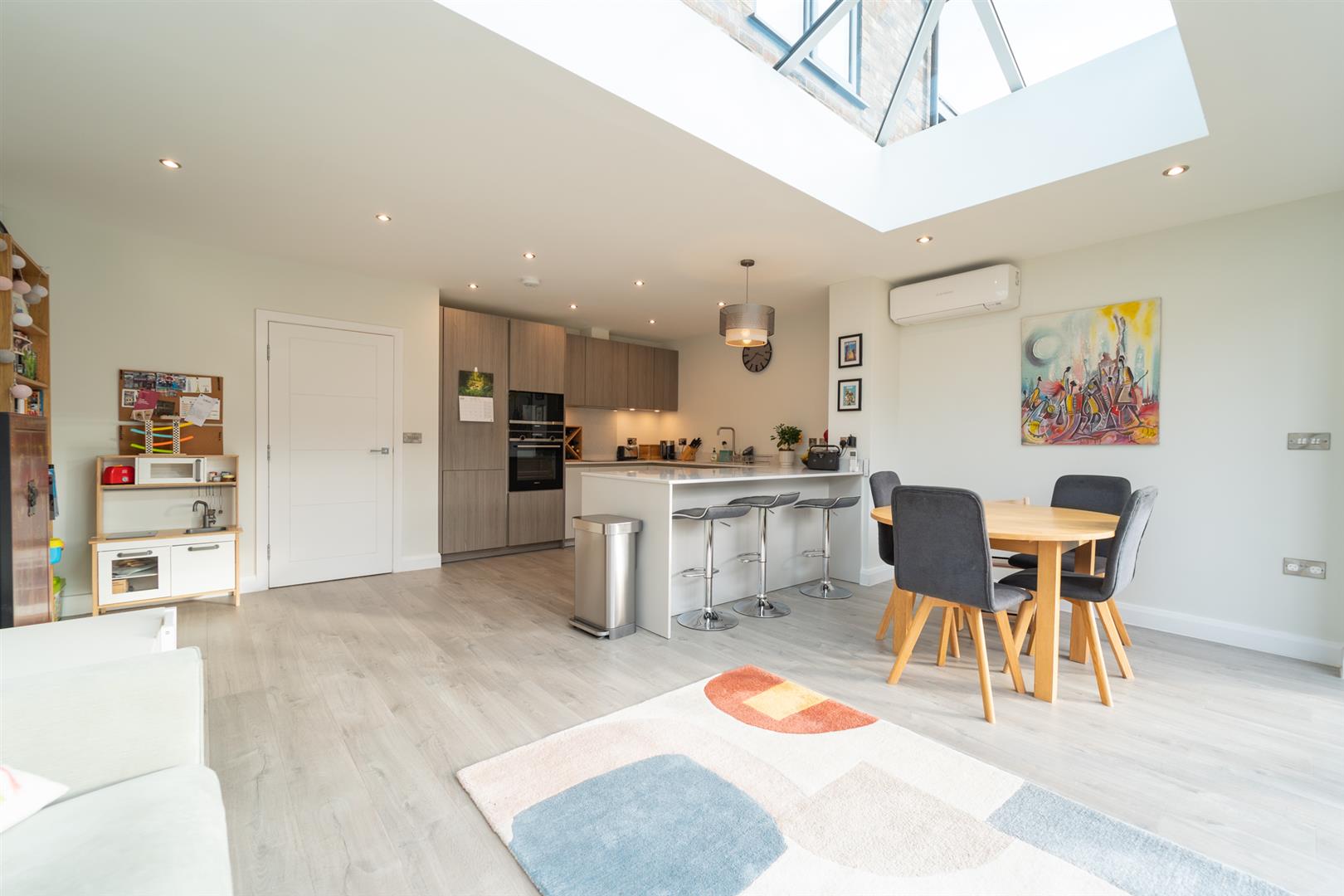Myth busting underfloor heating..
Underfloor heating is without doubt one of the most commonly asked about features for people seeking new homes, but what is interesting is that while some clients really want it, some are rather nervous about it. So we thought we’d bust a few myths about underfloor heating, overcome a few misconceptions, and reassure both vendors and buyers that this is a domestic feature everybody can benefit from.
Myth 1. It’s more expensive to run than traditional heating
Yes, underfloor heating can be more expensive, with electric underfloor heating coming in more pricey to run than water-pipe underfloor heating, BUT – the key to economy lies in how you set up your controls: if you want a warm floor, then yes, you will pay more in terms of electricity costs, but maintaining an ambient floor, which feels comfortable underfoot and easily takes the chill out of the air, you can keep your electricity costs down. As a general rule, your floors shouldn’t feel hot, or even warm, just ‘not cold’. By setting your controls to maintain a constant temperature, they will keep your rooms comfortable, switching on and off as necessary as the day progresses.
Your installer will fit a thermostat with a control pad in every room where you have underfloor heating installed. You can even separate rooms into zones, so if you have a large open plan space – such as a kitchen-diner-living room – you can set each zone to operate in the most efficient way for the way you live in that space.
Water-based, or pipework, underfloor heating uses lower temperatures and runs from your existing central heating boiler, or from solar panels or air-source heat pumps.
Also, underfloor heating sends heat upwards into the entire room, rather than pushing it sideways from a single radiator, where the heat first goes up before drifting across the space, so is more efficient in terms of coverage.
One thing it is worth mentioning here is that the efficiency of your underfloor heating will be impacted by the quality of your home’s insulation. If you haven’t reviewed and updated your roof and wall insulation, and your windows could do with looking at, this is where your investment is best made. A well-insulated house will make an immediate difference to your heating bills, as stopping heat escaping is better than turning up the radiators or spending on new heating methods.
2. It’s challenging to install
Retro-fitting underfloor heating into an older home, rather than into a new build, or even when you are having a full kitchen or bathroom overhaul, is a lot less hassle than you think. Yes, you do need to prepare for a day or a couple of days of not being able to use that space, but with current electric underfloor technology – loose underfloor heating cables, for example – it’s really very straightforward. These electric systems are super thin, at only 2mm thick, so you don’t need to worry about fussing about having the existing floor lowered, or raised by pipework, making them suitable for all space, even small small bathrooms or odd-shaped conservatories.
You will of course risk losing your existing flooring, as it’s lifted to lay down the heating wires. However, your installer will advise on this, and also the optimum place to locate the thermostat and control pad.
3. You can’t fit it under every type of floor
While the most common floor type for underfloor heating is ceramic or sone tiles, this is largely because most people opt to run underfloor heating in kitchens, bathrooms or conservatories, where tiling is the natural flooring choice. Underfloor heating can however, be fitted under wood, laminate and vinyl flooring, making it an option for every room in the home.
The cost of living crisis has made sellers and buyers much more conscious of the costs associated with heating homes to a comfortable level, and we are being asked a lot more about these big ticket items such as boilers, underfloor heating and insulation. We hope that this mini myth buster about underfloor heating proves useful.
Eddie – Friday 10th May 2024. (Image used from Chatburn Road, Chorlton).



